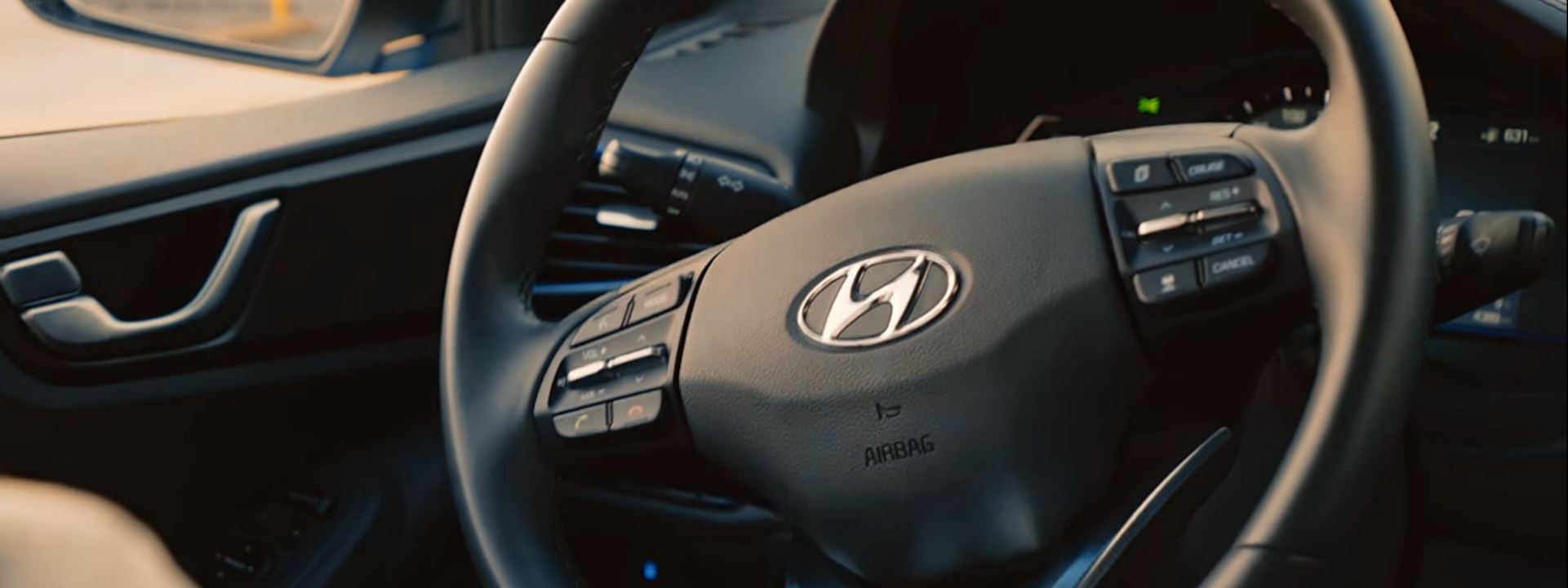



| Level of Autonomy | Experience |
|---|---|
| Level 0 | No Automation. The way we’ve been doing it all along – the driver (human) controls everything about the car. |
| Level 1 | Driver Assistance. The car functions are still largely controlled by the driver, but some specific functions can be done automatically by the car. |
| Level 2 | Partial Automation. The vehicle offers at least one driver assistance system which uses information about the driving environment to automate the car. The driver is disengaged from physically operating the vehicle (by having hands off the wheel) but is ready to take control of the vehicle if needed. Technologies like our Smart Park Assist and Lane Keeping Assist are examples. |
| Level 3 | Conditional Automation. Drivers are still necessary in level 3 cars, but are able to completely shift "safety-critical functions" to the vehicle, under certain traffic or environmental conditions. It means that the driver is still present and will intervene if necessary, but is not required to monitor the situation in the same way it does for the previous levels. |
| Level 4 | High Automation. This is what is meant by "fully autonomous." Level 4 vehicles are "designed to perform all safety-critical driving functions and monitor roadway conditions for an entire trip." However, it's important to note that this is limited to the "operational design domain (ODD)" of the vehicle — meaning it does not cover every driving scenario. |
| Level 5 | Full Automation. This refers to a fully-autonomous system that expects the vehicle's performance to equal that of a human driver, in every driving scenario —including extreme environments like dirt roads that are unlikely to be navigated by driverless vehicles in the near future. |